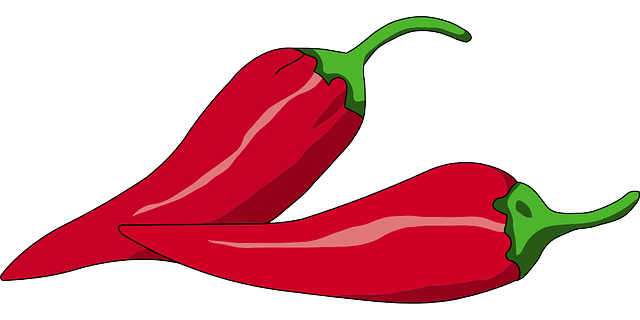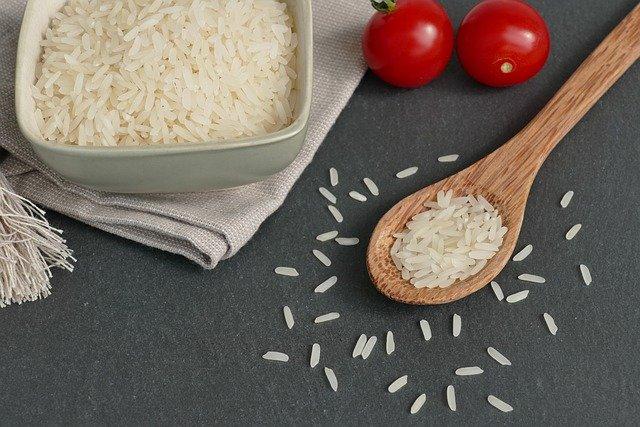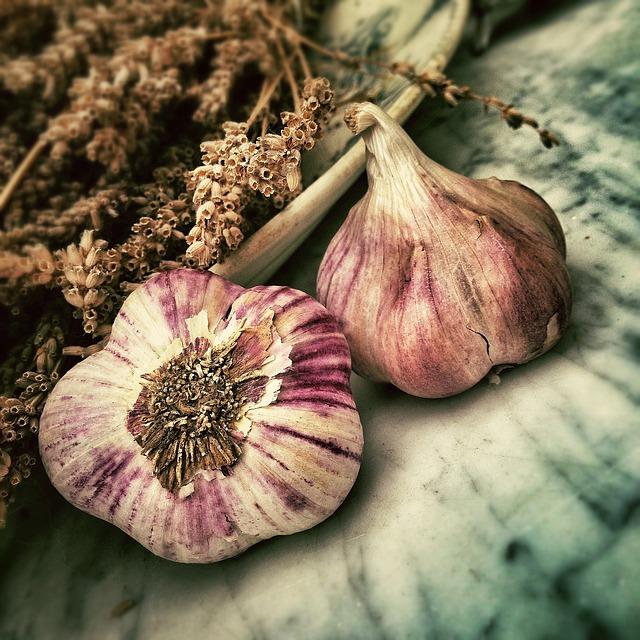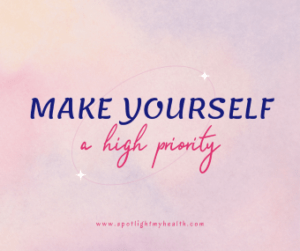Vata dosha is one of the three doshas or body types in the Ayurveda healing modality.
Ayurveda teaches prevention and encourages maintaining your health by using different holistic therapies or modalities.
Healing modality Ayurveda believes the entire universe is made up of five different elements which are Ether, Air, Fire, Water and Earth. The three doshas- Vata, Pitta and Kapha are each combinations of these five elements.
We all have a unique combination of characteristics physically, mentally and emotionally and the same goes for having a combination of dosha qualities. Each of us are made up of parts of Vata, Pitta or Kapha. However, there is usually one dosha that is dominant.
Ayurveda views disease as an imbalance of the dosha, therefore, seeks to restore balance in our doshas. When our dosha is balanced, we live in harmony without disease.
By studying Ayurveda, you would learn that just as each of us is unique, the way we would stay healthy is also individual for each of us. That’s why you need to know which dosha you are. All three have different qualities and therefore, different foods, exercise, etc., to keep you balanced and healthy.
Today we are going to take a look at the Vata dosha. I discussed Pitta and Kapha previously and you can find each of those posts by clicking above.

Characteristics of the Vata Dosha
It’s all about movement with Vata Dosha, so it’s this dosha that rules our breathing, muscle and tissue movement, respiration, blood flow, our pulsing heart and blinking. Anything that moves, the Vata Dosha is responsible for.
Vata is a combination of ether and air, both full of movement. Some consider the Vata dosha as the strongest because of the powerful movement. It’s also a motivating force behind the other two doshas. Vata is also considered the foundation of our sense of well-being, so keeping this dosha in balance is vital.
When Balanced
* Creative and flexible
* Energetic
* Communicative
* Full of ideas
* Enthusiastic
* Quick, agile mind
* Whirlwind that often seems rushed or in a hurry
* Clear and alert mind
* Learns easily
* Good circulation and even body temperature
* Falls asleep easily
* Balanced digestion/elimination
Out of Balance
* Feel fear and anxiety
* Can bring about symptoms of hoarse/sore throat, cold extremities, dry skin, restless legs,
stiff muscles and joints, vertigo, memory problem just to name a few
* Ungrounded
* Poor circulation
* Scattered mind
* Constipation
Causes a Vata Dosha to Become Unbalance:
* Constant stimulation
* Loud noises
* Cold climates and cold food
* Too much travel (especially in a plane)
* Drugs, sugar and alcohol
* Frozen and dried foods
Restores Balance to the Vata Dosha
* Keep warm
* Avoid cold, frozen or raw foods
* Exercise moderately
* Get plenty of rest-go to bed before 10 pm
* Meditate on a regular basis
* Slowing down and taking breaks (not a natural state for a Vata)
* Manage stress (see my post on how to de-stress)
* Loves a regular routine
For Vatas to stay balanced they need to keep their body temperature warm and follow a consistent routine. Included in this routine should be things like meditation, calm activities or some type of deep breathing. These things help to manage stress for the Vata Dosha.

Physical Characteristics
* Thin and lanky
* Light and wiry frame
* Long tapered fingers and toes
* Small mouth with thin lips
* Small dark eyes
* Dry skin, hair, lips and joints
* May suffer from arthritis
* Erratic appetite
* Inconsistent energy level
* Irregular menstrual cycle with PMS symptoms physically and emotionally
* Light and restless sleeper
Mental Characteristics of the Vata Dosha
* Mentally and physical active
* Active imagination
* Creative
* Flexible
* Could change mind often
* Open and tolerant of others
* Quick Minded
* Think outside the box
* Easily distracted
Their moods are affected by the foods they eat, the weather and definitely the people and
environment around them.

Vata Dosha Foods
Vata Dosha should only eat raw foods occasionally and that includes salads. They can eat salads but should only do so on warmer days and then use oil and vinegar as the dressing for the salad.
Icy cold drinks or ice cream type desserts and sugar can throw the Vata out of balance.
Other foods for the Vata Dosha to steer away from are beans and legumes. They are cold and heavy and produce wind which does not help the Vata stay in balance.
Foods that are good for the Vata types are cooked grains like oatmeal, brown rice and basmati rice. These all help ground the Vata constitution.
Fruit is good for the Vata, with the exception of cranberries, watermelon, apples, pears and dried fruits. Instead keep strawberries and peaches on hand.
Because of their propensity for being cold, Vata’s should use warming spices, like cinnamon, caraway, ginger, cloves, cayenne, garlic, horseradish, mustard seed, cooked onion, vanilla, thyme and rosemary.

Routine Helps Vata Types Stay Grounded
Subtle, light, open and expanding all describe Ether while mobile, dry and cold, erratic and rough are air qualities and all describe a Vata.
In Ayurveda you need to look at the positive and negative sides of the elements assigned to each dosha. That’s because the negative side can make you ill while the positive side will make you feel like you have superpowers.
Best time of the year: late fall into early winter
Final Thoughts
Remember that the Ayurveda philosophy believes everyone has all five elements and all three doshas in different combinations. Each of us has a unique combination of the elements and doshas that was set at conception. This is why, Ayurveda looks at each person separately, but as a whole unto themselves.
Knowing your specific combination of doshas and elements can help you uncover the causes of many of your physical and mental discomforts. You will also learn many different insights about yourself in general which will help you stay balanced and healthy
Pay attention to your food choices and your daily routine as they both play a big part in the way you will feel. When first starting to learn about your doshas it is helpful to keep a food diary for tracking how you feel after something you have eaten.
A food diary would help when you start feeling out of sorts by giving you something to look at to help determine what you’ve been eating that could be a trigger for not feeling so great. Knowing what doesn’t help you feel your best allows you to make adjustments.
When you have identified your dosha and begin to determine what makes you feel good and what doesn’t, you can begin adjusting your lifestyle so that you feel balanced and at your best. That’s the goal of a holistic lifestyle—helping you to always feel your best.
This was my third and final post on the doshas. Did this series on Ayurveda help you to determine your dosha? I’d love to know. Send me a comment, it will only take you about two minutes. Till the next time….
Stay Awesome!
Cher
Relevant Reading:
What Is Pitta?
Guide to Third Eye Chakra
If you enjoyed my post, pin it so you’ll have it for later, then share it—It would help me increase my readership and is a wonderful compliment!!










